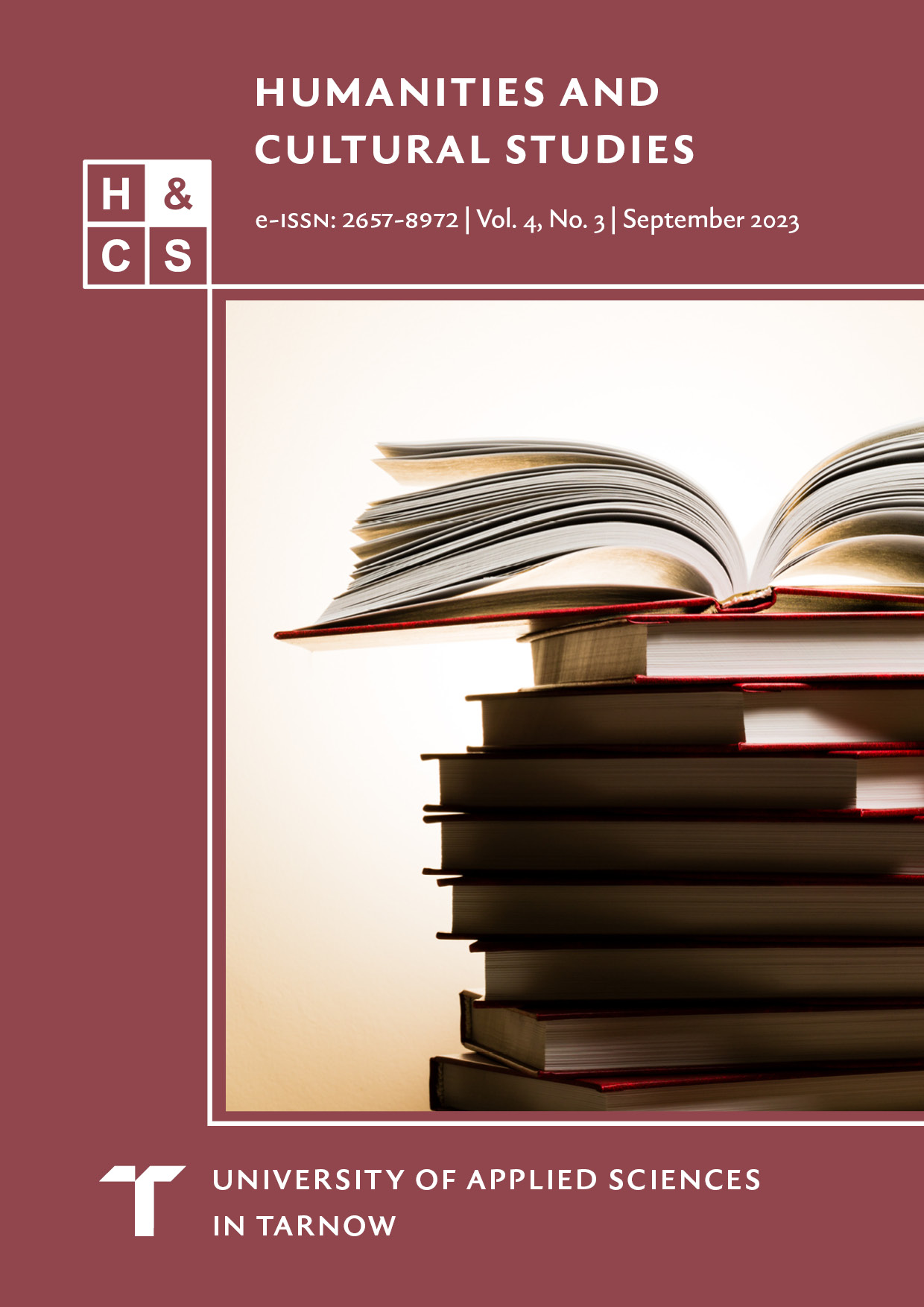The apotheosis of a Silesian miner
Scapegoating in "The Beads of One Rosary"
DOI:
https://doi.org/10.55225/hcs.547Keywords:
scapegoating, victimage, Kazimierz Kutz, René GirardAbstract
Director Kazimierz Kutz’s third instalment of the legendary Silesian Trilogy, The Beads of One Rosary, chronicles the destruction not only of the historic architecture of Giszowiec (Katowice), but also the tragic downfall of the film’s protagonist, a retired coal miner and socialist labour hero, Karol Habryka. The following article examines his status as a non-mythical but not pure scapegoat figure and thus as a victim of the successful collective persecution carried out by the Communist regime in Poland. When studied in tandem with the Girardian theory of victimization, in particular, as applied to the biblical story of Job, Habryka’s death restores peace to a community fraught with discord, leading in turn to his deification by the persecutors, a mechanistic process favoured by totalitarian systems in times of crisis.
Downloads
References
Barge L., René Girard’s Categories of Scapegoats and Literature of the South, “Christianity and Literature” 2001, vol. 50, no. 2, pp. 247–268. DOI: https://doi.org/10.1177/014833310105000206 Google Scholar
Copik I., Ostatni bastion śląskości? Repetycje z twórczości Kazimierza Kutza (wokół filmu Paciorki Jednego Różańca), “Studia Śląskie” 2019, vol. 84, pp. 91–103. Google Scholar
Girard R., Job as Failed Scapegoat, [in:] The Voice from the Whirlwind: Interpreting “The Book of Job”, ed. by L.G. Perdue, W.C. Gilpin, Nashville 1992, pp. 185–207. Google Scholar
Girard R., Job: The Victim of His People, Stanford 1987. DOI: https://doi.org/10.1515/9781503622999 Google Scholar
Girard R., The Scapegoat, transl. by Y. Freccero, Baltimore 1986. Google Scholar
Girard R., Rocha J.C. de Castro, Antonello P., Evolution and Conversion: Dialogues on the Origins of Culture, London 2017. Google Scholar
Klaußmann A.O., Oberschlesien Vor 55 Jahren Und Wie Ich Es Wiedersand, Berlin 1911. Google Scholar
Klich A., Cały ten Kutz: biografia niepokorna, Kraków 2019. Google Scholar
Kutz K., (director), Paciorki jednego różańca [film], 1979. Google Scholar
Kutz K., Scenariusze śląskie, Katowice 1995. Google Scholar
Lewandowski J.F., Historia Śląska według Kutza, Katowice 2004. Google Scholar
McKenna, Plato's Pharmacy, [in:] Violence and Difference: Girard, Derrida, and Deconstruction, Champaign 1992, pp. 27–39. Google Scholar
Mętrak K., Reduta Habryki: recenzja filmu Paciorki jednego różańca, reż. Kazimierz Kutz, Polska 1979, “Kino” 1980, vol. 176, pp. 13–16. Google Scholar
Simonides D., Paciorki śląskiego różańca: historyczno-kulturowe zaplecze śląskich filmów Kazimierza Kutza, [w:] Kutzowisko: o twórczości filmowej, teatralnej i telewizyjnej Kazimierza Kutza, ed. by A. Gwóźdź, Katowice 2000, pp. 68–97. Google Scholar
Tofilska J., Giszowiec: monografia historyczna, Katowice 2016. Google Scholar
Downloads
Published
How to Cite
Issue
Section
License
Copyright (c) 2024 Andrzej Fretschel-Hojarski

This work is licensed under a Creative Commons Attribution-NonCommercial 4.0 International License.





